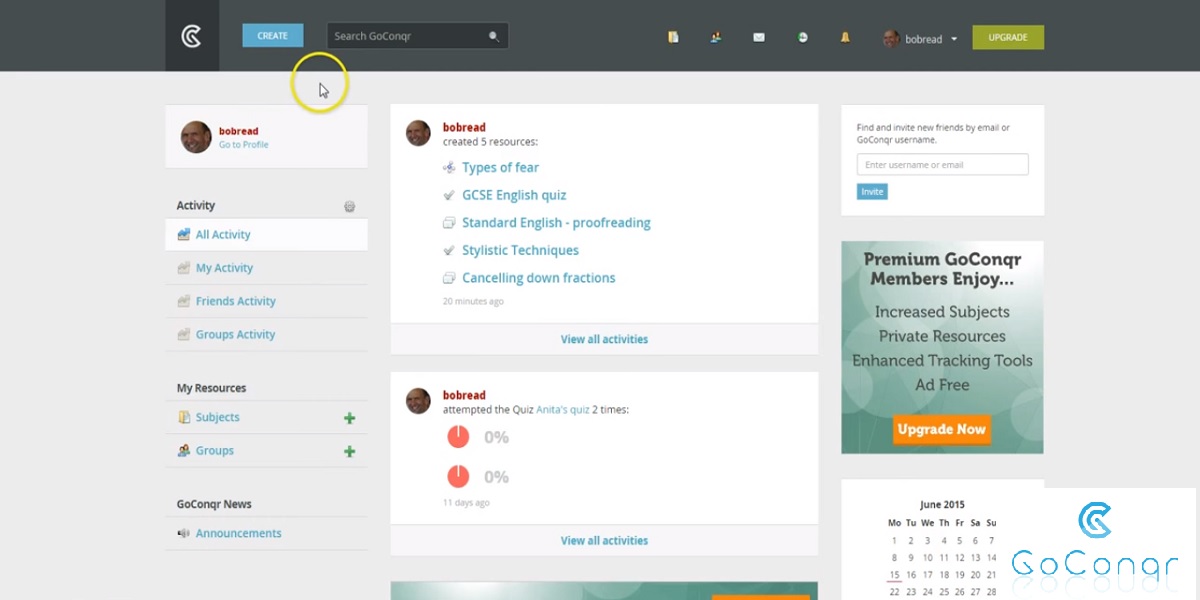
- SAMPLES OF VUE VISUAL UNDERSTANDING ENVIRONMENT SERIES
- SAMPLES OF VUE VISUAL UNDERSTANDING ENVIRONMENT DOWNLOAD
Nodes contained within another node do not form a map within that node but group together like an outline similar to TreeSheets, so you can build an outline within a node simply by dragging other nodes into it. This gets around the limitation of one resource per node.

But nodes can contain other nodes and each of these nodes may be linked to a file, a URL, an image or may contain a universal link. You can link an image to a node, in which case it is displayed on the map but this also uses up the one attachment which each node has. It can only link to one of these things at once. You can link a node to a piece of text in a word processor file or a document in a note taking program and if you want to attach large amounts of text to a node this is probably a better way to do it.Ī node can only have one attachment, if it links to a file it cannot also link to a web URL or have a universal link into another program. The program supports universal links from VUE to another program which means that any node can be linked to a URL or a file on disk or a link to another program. This is an extreme test and you should not need to have that much text attached to a node for any practical purpose which I can think of, but it is possible. The nodes can contain text ‘notes’, the notes can be very big, I placed 1.5 Mb of text in one note, this caused delays in selecting that node and in displaying the note. The main purpose of any mapping tool is to express ideas graphically and VUE does this very well. Maps and diagrams can also be put on different layers which can be switched on and off, this is quite useful to view different aspects of the map at different times. I have not had any success using this tool, when I have analysed any of my maps with this tool it just came back with an error message saying “This node does not contain enough meaningful information to be analysed”.Īs well as looking at the content of your map as a map you may also view it as an outline. You can assign categories using an on-line ontological tool called OpenCalais. There is a pre defined set of categories but you can add your own if you wish, there are no pre defined keywords. The keywords and categories can be searched, when you do a search the results appear as an outline. Keywords can be assigned to nodes, you can also assign ‘categories’. Links act like nodes in many respects, for example you can assign them keywords and categories, they can have a URL, a file or an image associated with them, the difference from an image in a node being that an image file is not displayed on the map but if you click on it then the file will be opened with its default application. The links can branch or combine, this is like the ‘type’ of a link acting as a node to which links can connect. The links can have a type if you set one, this is a label on the link to explain the relationship which the link represents, or anything else you want to put in there. You could produce organisation charts, family trees and process flow diagrams with VUE as the layout is entirely up to the user but there are no tools aimed specifically at these types of diagrams. The nodes may be arranged into more than one map on the same sheet if the user lays it out that way. There is no enforced hierarchy and floating nodes are allowed. The positioning is completely manual, however the program can re-position the nodes if you ask it to.

The user places nodes on the map in the position they want and makes the connections they want.

SAMPLES OF VUE VISUAL UNDERSTANDING ENVIRONMENT DOWNLOAD
The only niggle I have is that you have to enter your e-mail address into the website in order to download the program, what they do with this data I have no idea, they have not sent me any spam e-mails. VUE is a very extensive tool with a lot of facilities which are only briefly covered in this review, fortunately you can try it for free, if you don’t like it you haven’t lost anything.

This facility is not very intuitive in my opinion.
SAMPLES OF VUE VISUAL UNDERSTANDING ENVIRONMENT SERIES
When making the presentation the view of the map will be stepped through this series of slides in ‘full screen presentation mode’. To do a presentation with VUE you first have to define a ‘path’, this is a series of slides. I have not used VUE as a presentation tool and so maybe I have a biased opinion. The program stores its maps in disk files which have to be saved manually. It was written to allow students to take notes during lectures and to make presentations. This program comes from Tufts University in the USA. VUE stands for Visual Understanding Environment.


 0 kommentar(er)
0 kommentar(er)
